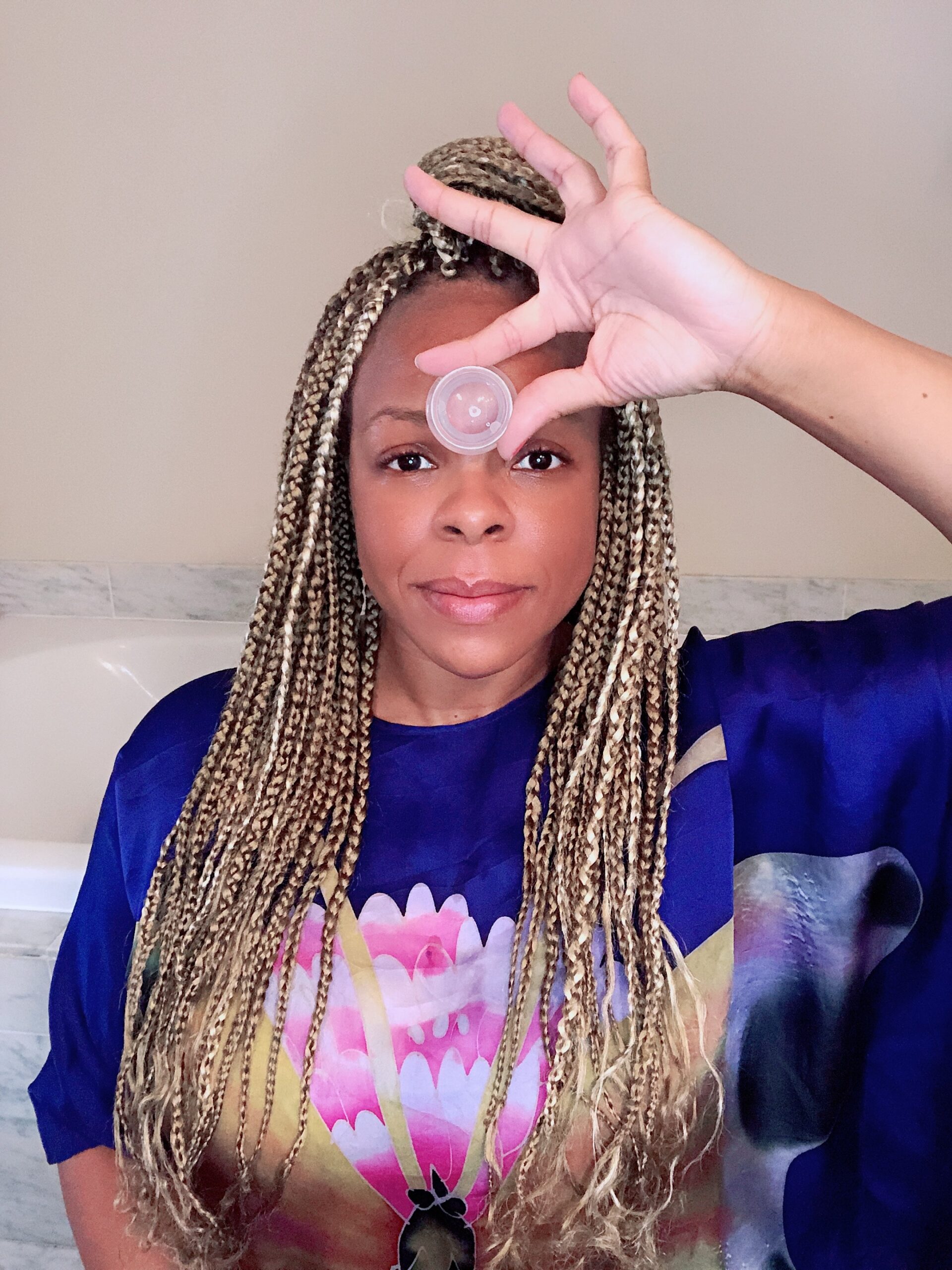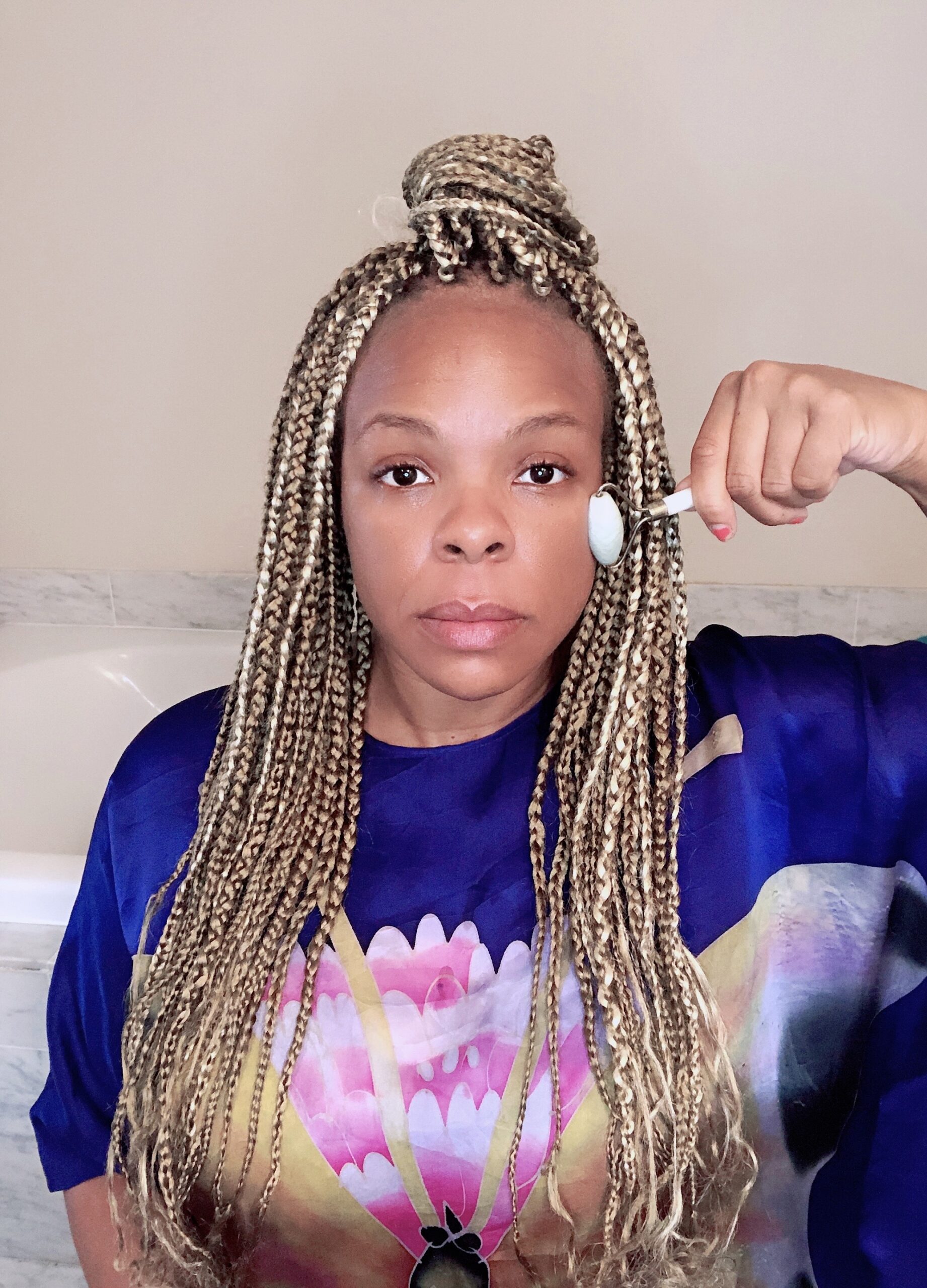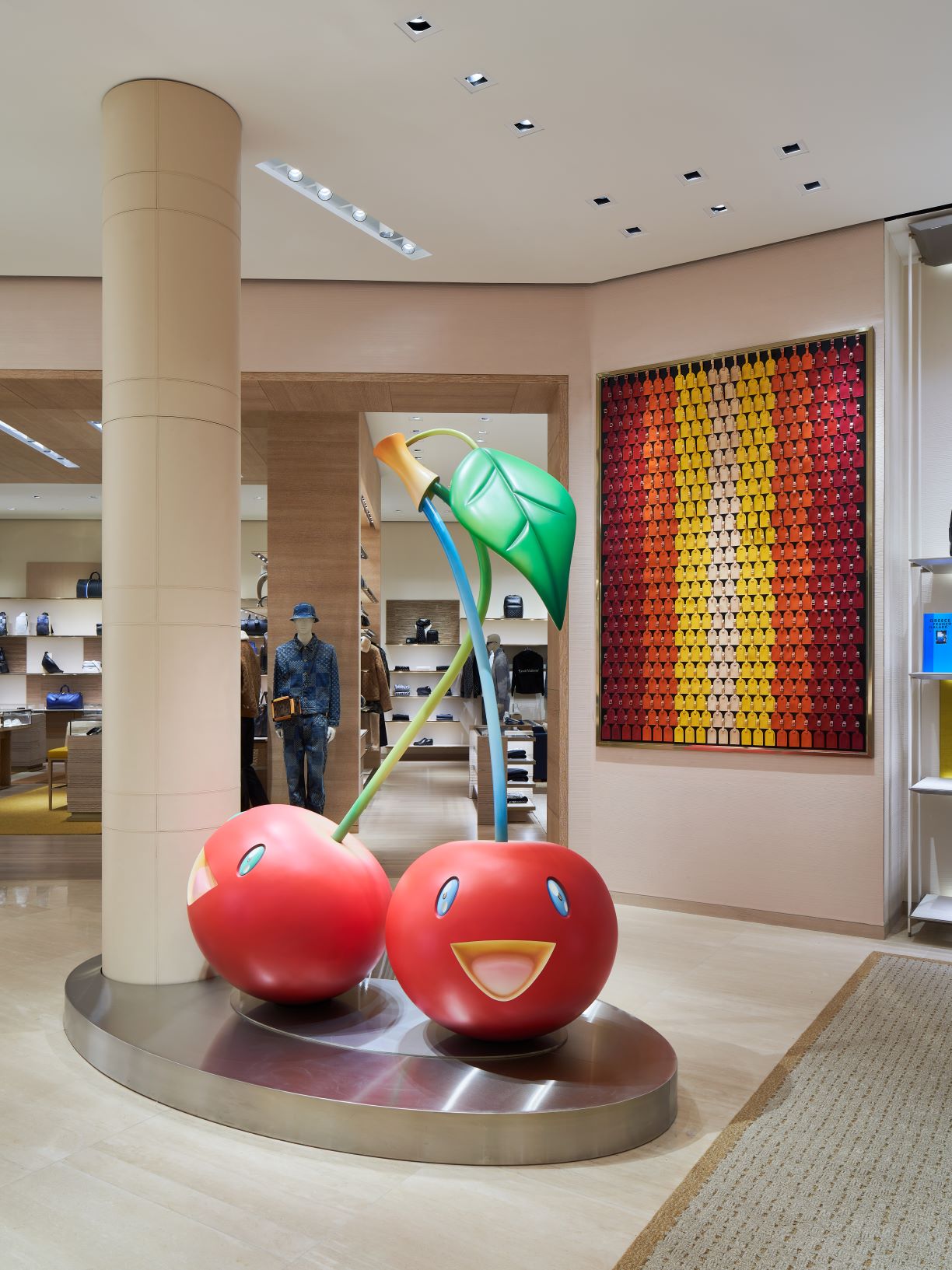Toronto’s Dr. Liza Has Created Facial Alternatives to Plastic Surgery
Face flexing.

Every facial expression is a result of 43 different muscles flexing, tensing, stretching, and contorting. Repeated chewing, smiling, and grimacing can change the structure of the face over time. “All the bad days that you have? They’re in your in your face,” says Dr. Liza Egbogah, colloquially known as Dr. Liza. She says, “that’s why you’ll hear some people say, ‘Oh, I started this new job. I feel like it aged me 10 years.’”
These subtle differences in muscle tone can have a big impact on faces. An off-centre nose or asymmetrical features can have people turning to plastic surgery, but Dr. Liza urges other knife-free alternatives.
“When you think of facials, oftentimes you think of an aesthetician that focuses on using tools, exfoliation, and face masks. [My method] is very different in that my focus is actually on working on the muscles and fascia and the actual posture of the face,” Dr. Liza explains.
Her background as a chiropractor led her to realize the connection between posture, fascia, and cosmetology. Her clients began reporting differences in their appearance after treatments—which was completely unintentional, but got Dr. Liza thinking. In 2009 she coined the term “cosmetic chiropractics.” “The goal is not just to improve the way that you feel, but also improve the way that you look,” she says.
She takes the same practices applied to aligning hips and uses the balancing effect on the face to create symmetry. Around 2010, the buzz around her techniques reached a fever pitch, and celebrities like Yara Shahidi, Jamie Foxx, and Jeremy Renner took notice. Now, her practices are considered osteopathy because they utilize the manipulation of all tissues, bones, joints, muscles, and fascia. Her treatment includes myofascial release, cupping, massage, tapping, and osteopathic manipulation for long-term results that act as a replacement to plastic surgery.
These manual therapy techniques stimulate the long-term production of collagen. “That way, the changes that you are instilling with the treatment aren’t just temporary, they’re long lasting,” Dr. Liza asserts. “You’ll actually promote collagen in the right places, create naturalism, and your blood flow will be better. So you’ll have a natural glow to your skin, and those are long-standing changes.”

She continues, “All the tools that you see are trying to do the same thing, and that’s a form of myofascial release.” Cupping is release by suction: the fascia is sucked up and then released, which breaks up knots. The jade roller and gua sha are similar, rolling out and massaging the fascia and stimulating circulation.

While typical myofascial techniques are faster and about releasing knots and smoothing things out, facial tapping creates natural stretch and relaxation, which is great for wrinkles or areas where the muscles are contracted. Tapping sends a signal to wake and tighten things up.
“There’s some areas where you want loosened and decontracted, and there’s some areas where you want things to actually lift a little bit,” Dr. Liza says. “That’s why some parts of tapping can be a bit painful. Because in areas where I want to lift or for the skin to pull up, I would actually want it to be painful.” A small amount of pain is an easy price to pay when the alternative is slicing and stitches from plastic surgery.
The techniques are not strictly cosmetic, though they are also extremely beneficial for those experiencing temporomandibular joint pain or other issues caused by unaligned or tight facial muscles. Dr. Liza treats that, too. Her studio, the[fix], is being rebuilt in Queens Quay East in Toronto and is expected to reopen in July, welcoming back clients for various treatments that can invigorate, release pain, and, of course, create facial symmetry.
________
Never miss a story. Sign up for NUVO’s weekly newsletter here.








